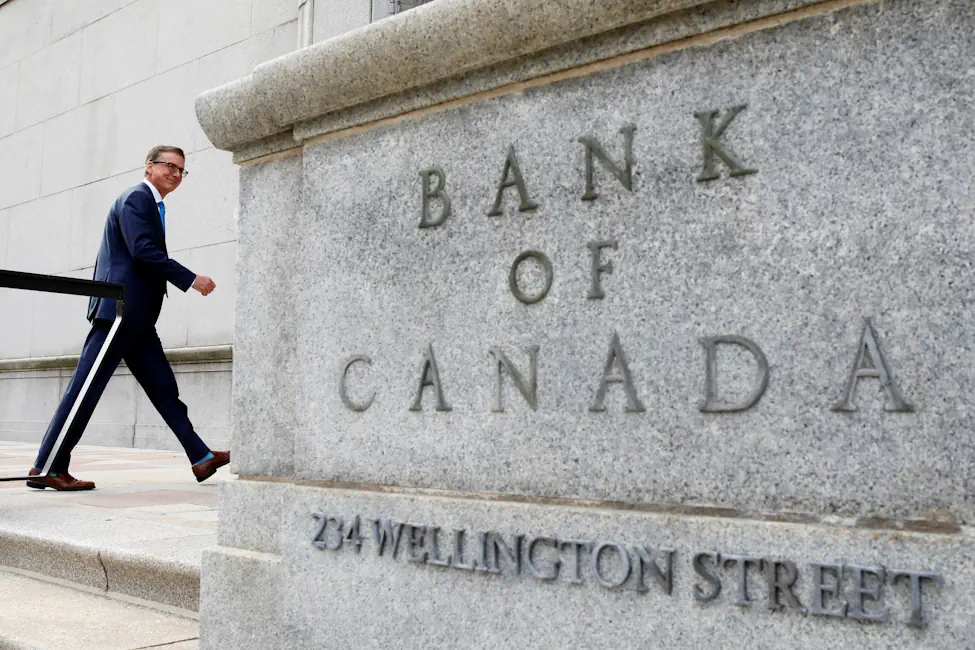Canada’s inflation rate fell to 1.6% in September, the lowest since February 2021, pushing it well below the Bank of Canada’s 2% target. The dip, primarily driven by lower fuel and transportation costs, has many economists predicting the central bank may implement a 50-basis-point interest rate cut at its upcoming meeting. While inflation is cooling, food and shelter costs remain persistently high, with food purchased in stores up 20.7% and rent up 21% compared to three years ago.
Impacts on Canadian Entrepreneurs
For Canadian entrepreneurs, the sharp drop in inflation could signal lower borrowing costs if the Bank of Canada opts for a larger rate cut. With the policy rate already at 4.25%, a significant cut could provide financial relief to businesses struggling with rising operating costs. However, persistent shelter and food inflation might keep pressure on companies reliant on these sectors, especially in service-based industries like hospitality or retail.
Key Economic Drivers
- Gasoline Prices: Down 10.7% year-over-year, helping drive the overall inflation decline.
- Core Inflation: Remains relatively stable, with the CPI-median at 2.3% and the CPI-trim at 2.4%.
- Shelter Costs: Rental inflation increased by 8.2% year-over-year, while mortgage interest costs rose 16.7%, the largest contributor to annual inflation.
- Food Prices: Still outpacing overall inflation, with grocery prices rising 2.4% and restaurant food prices increasing by 3.5% in September.
Expectations for Future Rate Cuts
With unemployment at 6.5% and inflation well below target, economists are increasingly confident that the Bank of Canada will act decisively to stimulate the economy. BMO’s chief economist Douglas Porter expects a 50-basis-point rate cut, arguing that the combination of cooling inflation and high unemployment leaves little room for hesitation.
However, some risks remain, particularly in sectors like housing, where rising interest costs continue to pressure homeowners and renters alike. The Bank of Canada may need to balance broader economic recovery with sector-specific inflationary pressures.







